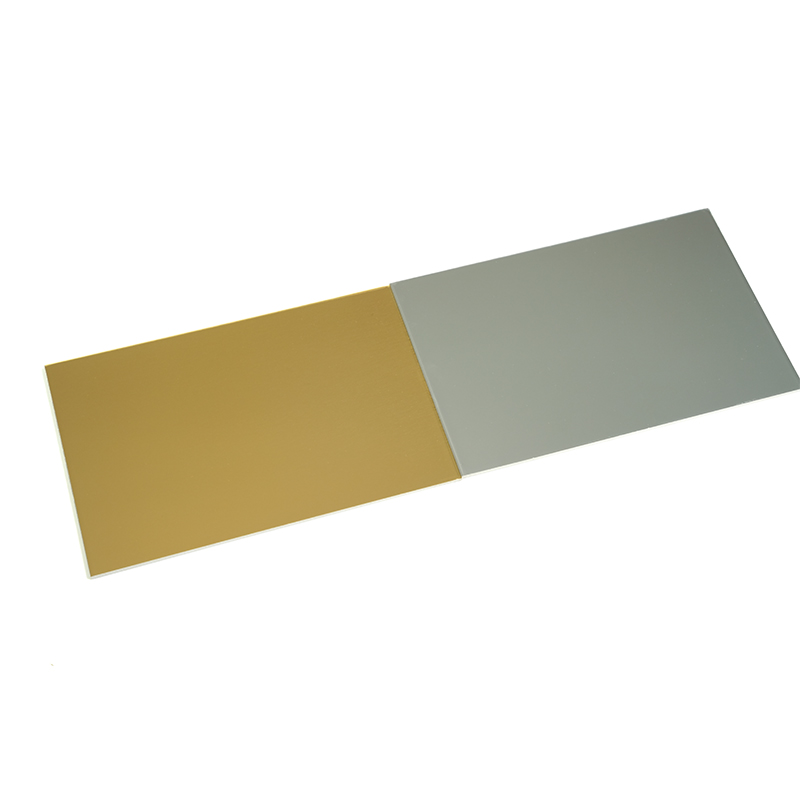Stainless steel composite panels (SSCPs) have become a popular material in modern architecture and industrial applications due to their excellent combination of strength, durability, and aesthetic appeal. These panels consist of two thin stainless steel sheets bonded to a core material, often made from polyethylene or mineral-filled polymer. The structure provides enhanced performance compared to traditional single-layer panels, making them a go-to choice for various construction and design needs.
Key Features of Stainless Steel Composite Panels
One of the primary advantages of SSCPs is their superior strength-to-weight ratio. The composite structure allows them to maintain rigidity while remaining lighter than solid stainless steel sheets, which reduces the overall load on buildings and structures. This lightweight nature also makes transportation and installation easier, ultimately saving time and costs in construction projects.
Stainless steel is known for its corrosion resistance, and the same holds true for SSCPs. This resistance makes them an ideal material for environments prone to moisture, chemicals, and pollutants. Whether used in exterior cladding for buildings, decorative facades, or industrial applications, the panels offer long-term protection against rust and other corrosive elements.
SSCPs are also renowned for their aesthetic versatility. Stainless steel surfaces can be polished to a mirror finish or brushed for a matte appearance, allowing architects and designers to achieve their desired look. The reflective nature of stainless steel can enhance the visual appeal of modern buildings, creating sleek, futuristic exteriors. Additionally, the panels can be curved or bent, offering creative flexibility in both interior and exterior applications.

Applications in Construction and Beyond
Stainless steel composite panels have broad applications in the construction industry. They are frequently used for building facades, curtain walls, elevator interiors, and partition walls. The material's durability and resistance to environmental factors make it ideal for both interior and exterior applications.
In the transportation sector, SSCPs are utilized in railway stations, airports, and metro stations for their sleek appearance and low maintenance requirements. Their fire-resistant properties also contribute to safer infrastructure in public spaces.
Beyond construction, SSCPs are also used in advertising panels, furniture, and equipment enclosures. Their ability to withstand heavy use while maintaining an attractive appearance makes them an excellent choice for these applications.
Eco-Friendly Benefits
In today’s environmentally conscious world, SSCPs offer significant sustainability benefits. Stainless steel is recyclable, and the panels themselves can often be reused or repurposed. The energy-efficient manufacturing process of composite panels also contributes to a lower carbon footprint compared to other materials.
Furthermore, SSCPs provide thermal insulation, helping buildings maintain stable internal temperatures. This can reduce the energy required for heating and cooling, leading to lower operational costs and a more sustainable building design.